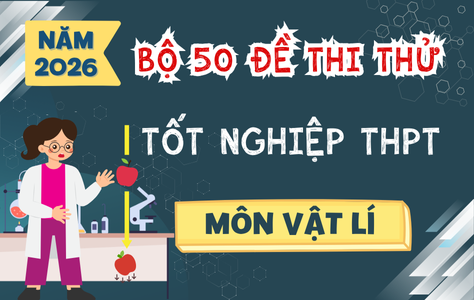Câu hỏi:
Read the following passage about the CULTURAL DIVERSITY and mark the letter A, B, C or D on your answer sheet to indicate the best answer to each of the following questions from 31 to 40.
[I] Belgium features a fascinating mix of ancient traditions and contemporary legislation, showcasing the country’s rich history. [II]. In Belgium, the families of the bride and groom each pitch in by providing a sheet of paper for the wedding invitations, in line with a long-standing tradition. [III] The wedding invitations symbolize the new partnership and the merging of the two families. [IV]
In an old Belgian tradition meant to bring the two families closer together, the bride would pause halfway down the aisle to give her mother a solitary flower. They hold each other's arms. The newlyweds then make their way to the groom's mother-in-law during the recessional, where the bride presents her with a solitary flower as a token of her affection. As a sign of the bride's acceptance of her new mother, they embrace.
Carrying a uniquely embroidered handkerchief bearing the bride's name is one of the most significant and long-standing customs of the Belgian wedding. This handkerchief will be framed and displayed in a special spot after the wedding. Before each subsequent female member of the bride's family is married, the handkerchief is taken out of its frame, embroidered with the name of the new bride, and then passed down through the generations. A bridal handkerchief is a treasured memento that is passed down through the generations.
There are two big chairs placed near the altar where the bride and groom sit during the wedding mass, representing their throne as king and queen for the day and the location. As the ceremony comes to a close, the groom places the wedding ring on the third finger of the bride's left hand. Because it is a circle, the ring represents love that knows no bounds, and the third finger of the left hand represents love because it is thought to hold the vein that goes to the heart. Soon after the wedding, the newlyweds kiss for the first time as husband and wife. Because each partner takes a breath of their new spouse's spirit, the kiss is a metaphor for the couple's spiritual union.
Traditionally, as the bride and husband leave the church, the bridesmaids gather a handful of pennies and then scatter them among the less fortunate outside. The happy couple might increase their chances of financial success by donating to charity.
A honeymoon is for the newlyweds after the wedding. Honey wine, or mead, was traditionally drunk during the 28-day honeymoon, which corresponds to one lunar cycle, in ancient times. The purpose of this was to prevent the bride's relatives from attempting to reclaim their daughter from her husband.
Which of the following best summarises paragraph 3?
The bridal handkerchief is an important family heirloom in Belgian weddings, symbolizing a tradition of passing down names through generations.
The handkerchief is often used by bridesmaids during the wedding ceremony for practical purposes.
The bridal handkerchief is a simple accessory that serves no particular purpose during the wedding.
The tradition of using a handkerchief in Belgian weddings is a recent development without much historical significance.
Đáp án đúng: A
Đáp án đúng là A
Giải Thích: Câu nào sau đây tóm tắt tốt nhất đoạn 3?
Phân tích chi tiết
A. The bridal handkerchief is an important family heirloom in Belgian weddings, symbolizing a tradition of passing down names through generations. Đúng. Đáp án này hoàn toàn phù hợp với nội dung của đoạn 3. Đoạn văn miêu tả rõ ràng khăn tay là một bảo vật gia đình quan trọng trong đám cưới Bỉ, và nó tượng trưng cho truyền thống truyền lại tên qua các thế hệ. Khăn tay được thêu tên của cô dâu và được chuyển giao qua các thế hệ phụ nữ trong gia đình, đây chính là ý nghĩa cốt lõi của truyền thống này.
B. The handkerchief is often used by bridesmaids during the wedding ceremony for practical purposes.
Sai. Câu này không chính xác vì đoạn văn không đề cập đến việc khăn tay được sử dụng bởi các phù dâu trong lễ cưới. Thực tế, đoạn văn chỉ nói về khăn tay như một di sản gia đình được trưng bày sau lễ cưới và được truyền lại qua các thế hệ, chứ không phải là vật dụng dùng trong nghi lễ đám cưới.
C. The bridal handkerchief is a simple accessory that serves no particular purpose during the wedding.
Sai. Câu này hoàn toàn sai lệch với nội dung đoạn văn. Khăn tay không phải là một "phụ kiện đơn giản" mà là một bảo vật gia đình có giá trị. Nó có một mục đích rõ ràng và rất quan trọng trong việc truyền lại qua các thế hệ phụ nữ trong gia đình cô dâu.
D. The tradition of using a handkerchief in Belgian weddings is a recent development without much historical significance. Sai. Đoạn văn nêu rõ đây là một truyền thống lâu đời và có ý nghĩa lịch sử trong đám cưới Bỉ, trái ngược với việc cho rằng nó là một "phát triển gần đây". Truyền thống này có sự gắn kết mạnh mẽ với lịch sử và di sản gia đình.
Đáp án A phù hợp
Câu hỏi này thuộc đề thi trắc nghiệm dưới đây, bấm vào Bắt đầu thi để làm toàn bài
Bộ đề thi giúp học sinh lớp 12 làm quen với cấu trúc và nội dung đề thi tốt nghiệp THPT môn Tiếng Anh năm 2025. Đề thi được xây dựng theo định hướng của Bộ GD ĐT, bao gồm các phần Ngữ âm, Từ vựng - Ngữ pháp, Chức năng giao tiếp, Kỹ năng đọc hiểu, Kỹ năng viết và Phát âm - Trọng âm. Hệ thống câu hỏi đa dạng, bám sát chương trình học, giúp học sinh rèn luyện kỹ năng làm bài và nâng cao tư duy ngôn ngữ. Đáp án chi tiết đi kèm hỗ trợ học sinh tự ôn tập, đánh giá năng lực và chuẩn bị tốt nhất cho kỳ thi quan trọng.
Câu hỏi liên quan
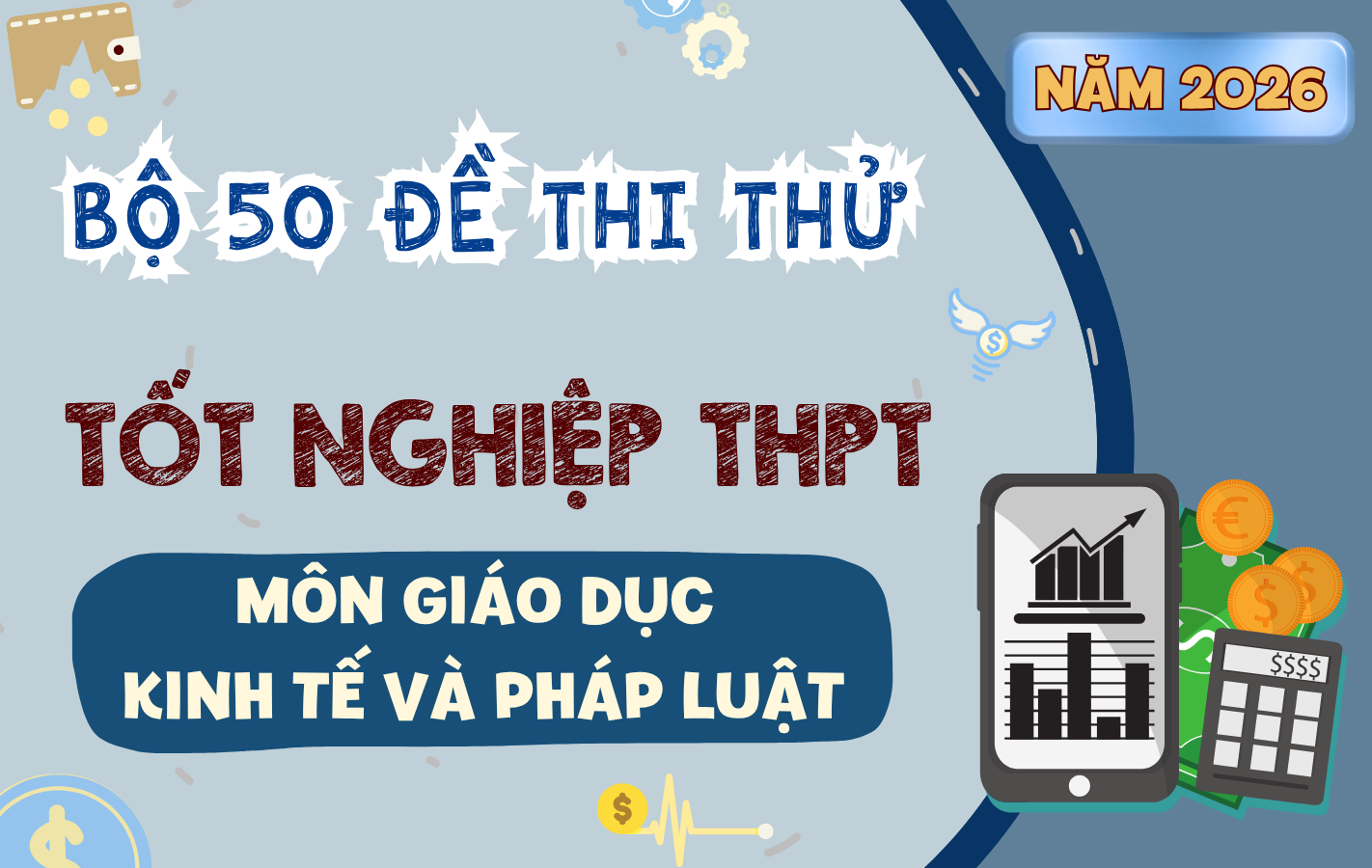
Bộ 50 Đề Thi Thử Tốt Nghiệp THPT Giáo Dục Kinh Tế Và Pháp Luật Năm 2026 – Theo Cấu Trúc Đề Minh Họa Bộ GD&ĐT
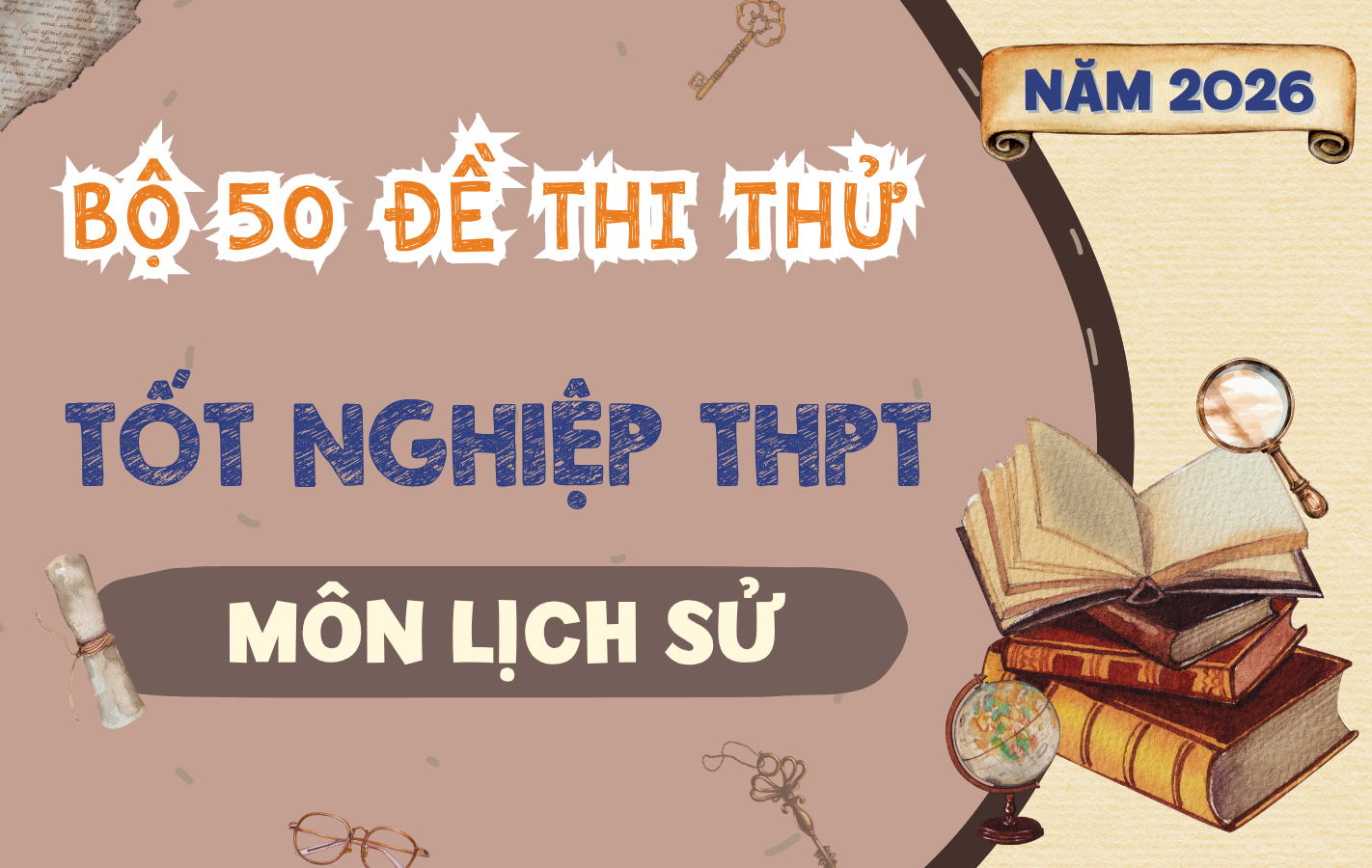
Bộ 50 Đề Thi Thử Tốt Nghiệp THPT Lịch Sử Học Năm 2026 – Theo Cấu Trúc Đề Minh Họa Bộ GD&ĐT

Bộ 50 Đề Thi Thử Tốt Nghiệp THPT Công Nghệ Năm 2026 – Theo Cấu Trúc Đề Minh Họa Bộ GD&ĐT
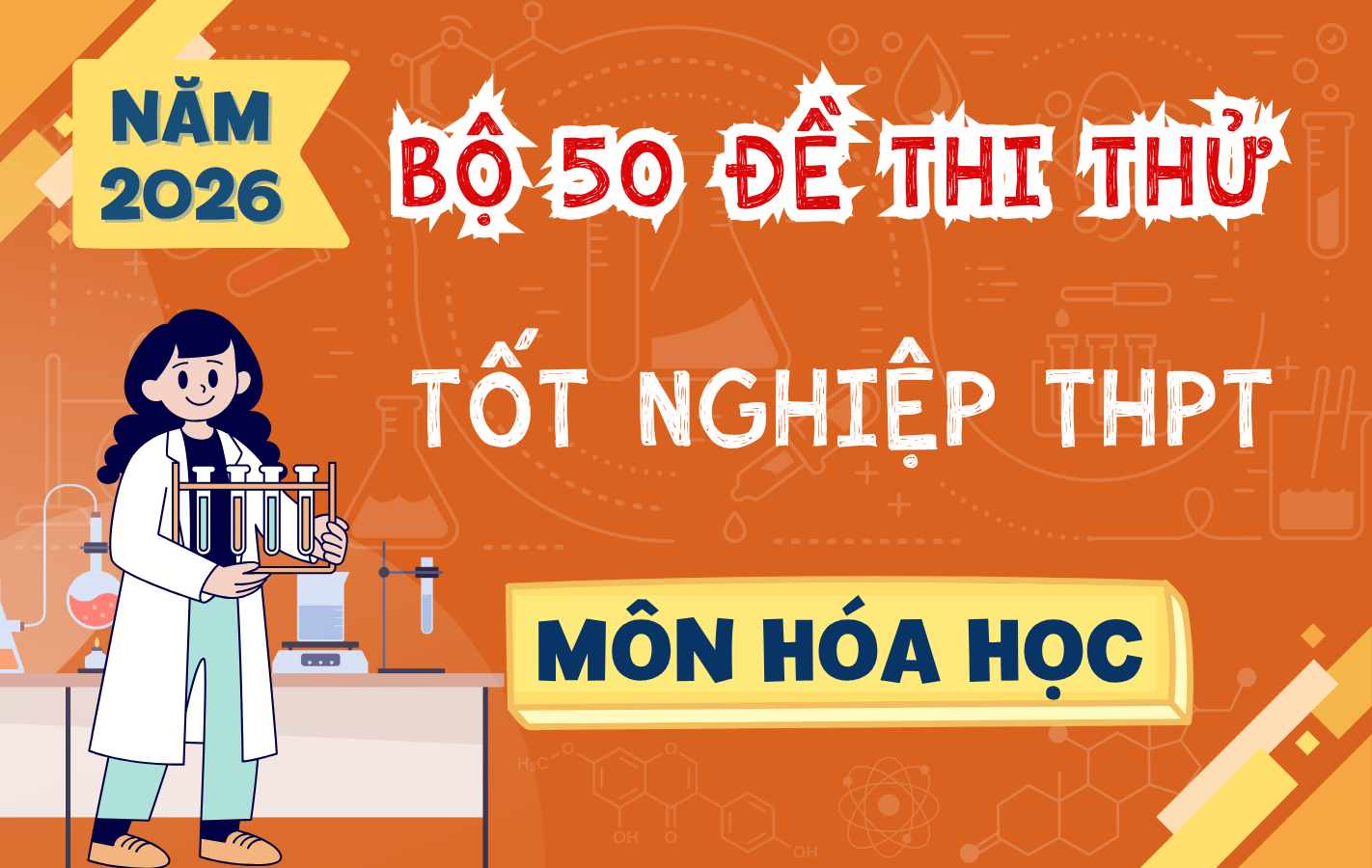
Bộ 50 Đề Thi Thử Tốt Nghiệp THPT Môn Hóa Học Năm 2026 – Theo Cấu Trúc Đề Minh Họa Bộ GD&ĐT
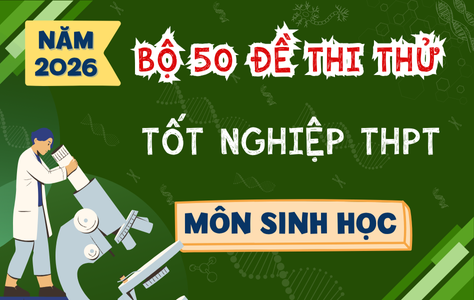
Bộ 50 Đề Thi Thử Tốt Nghiệp THPT Môn Sinh Học Năm 2026 – Theo Cấu Trúc Đề Minh Họa Bộ GD&ĐT
